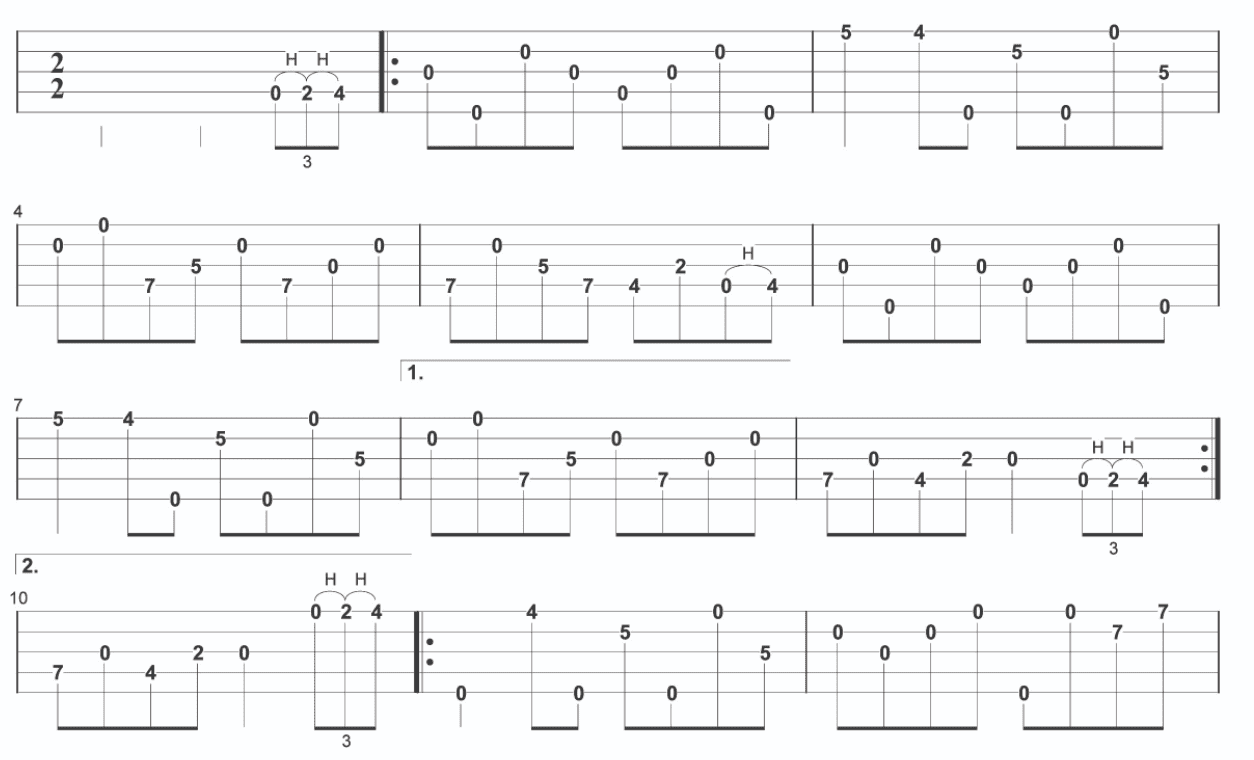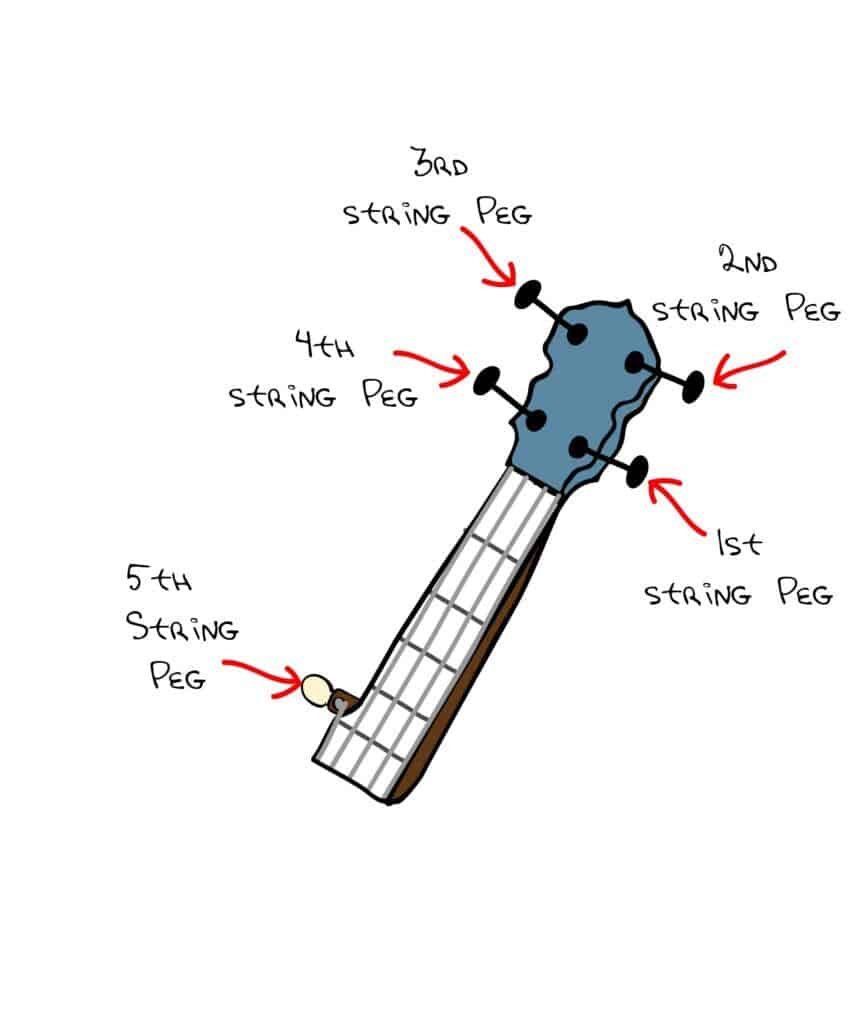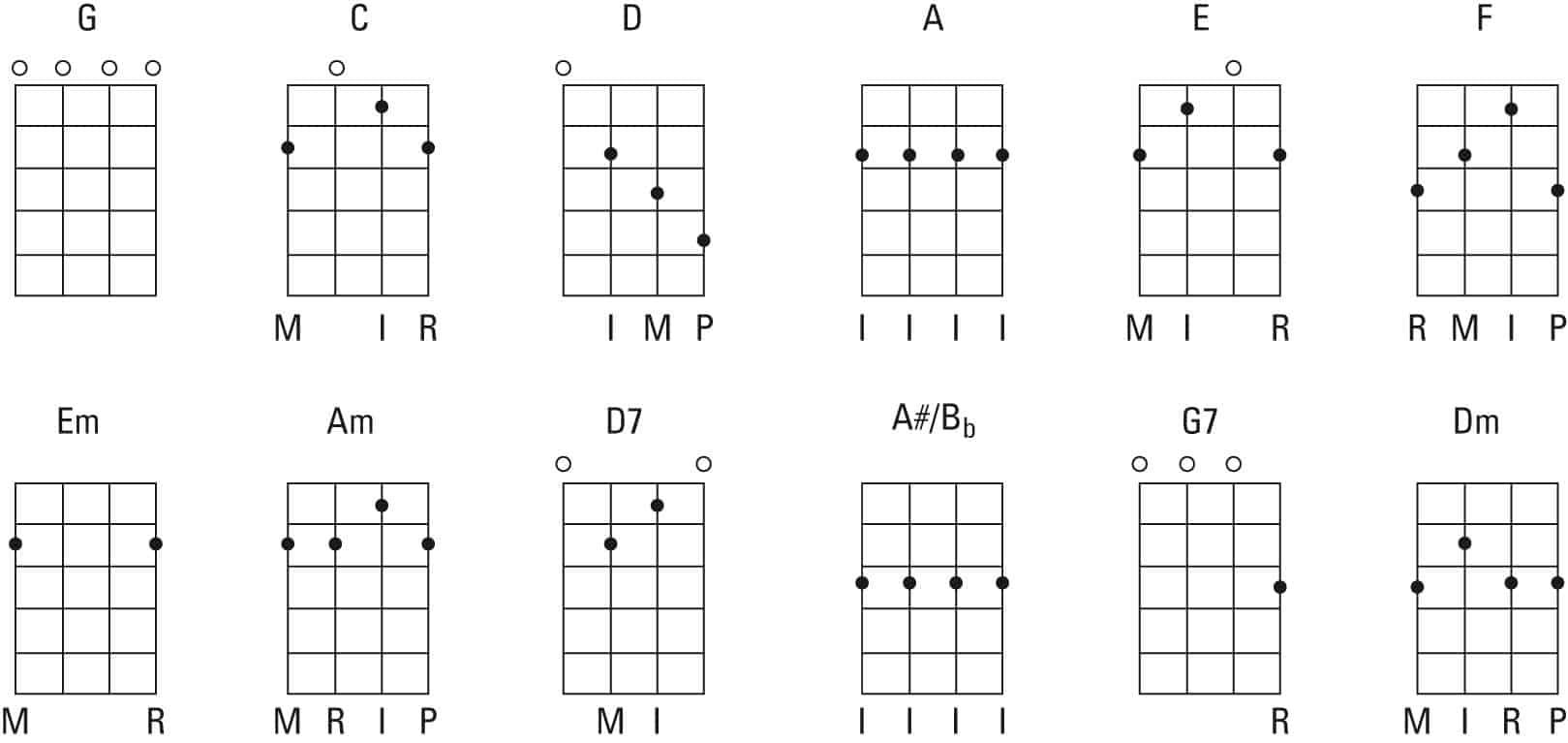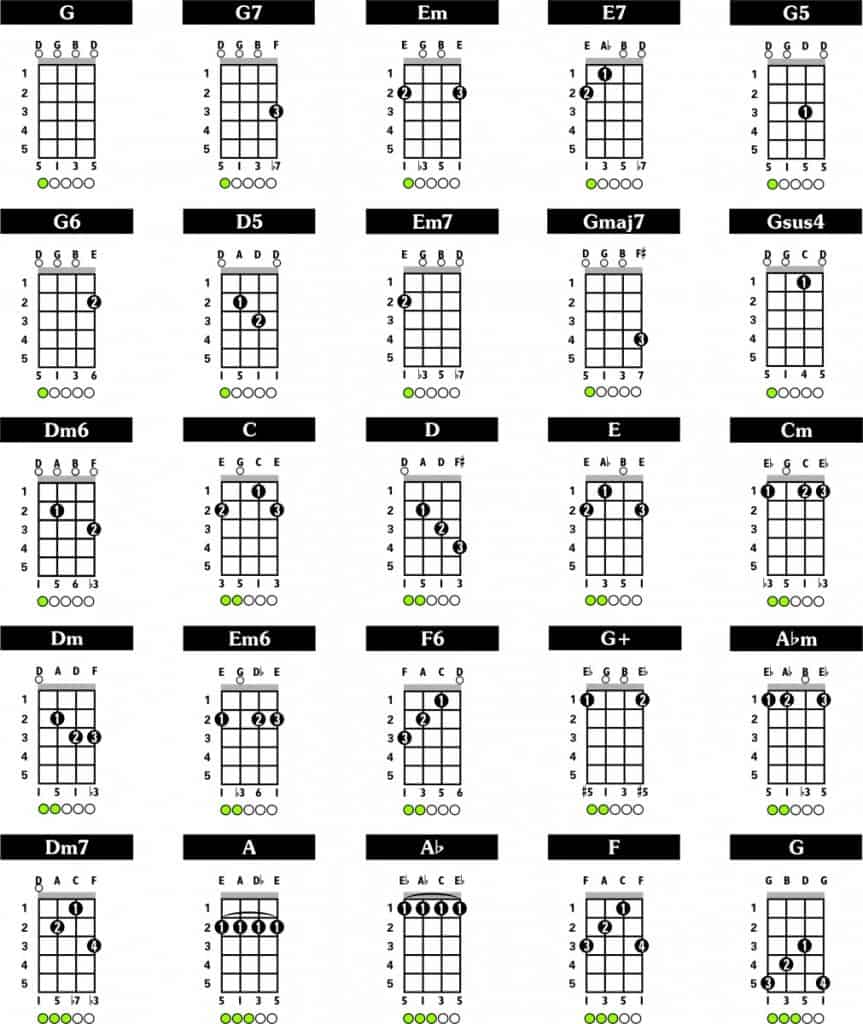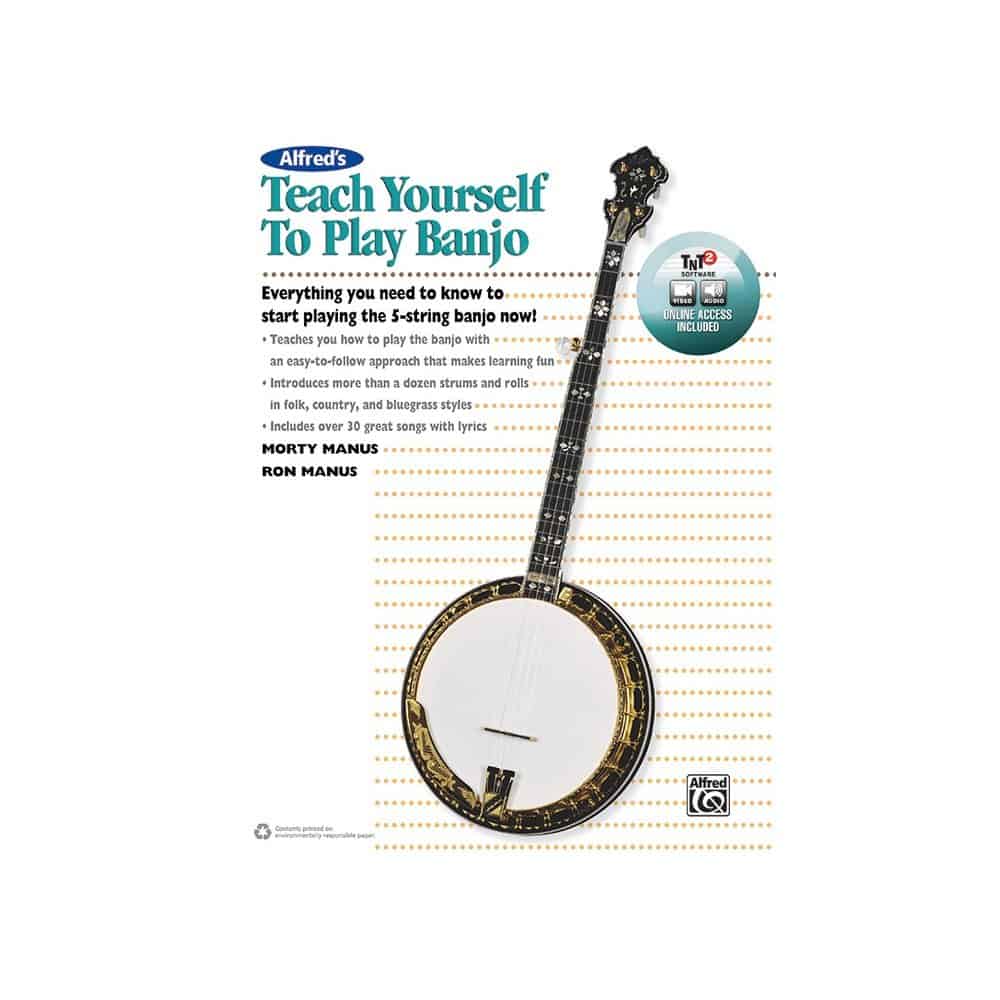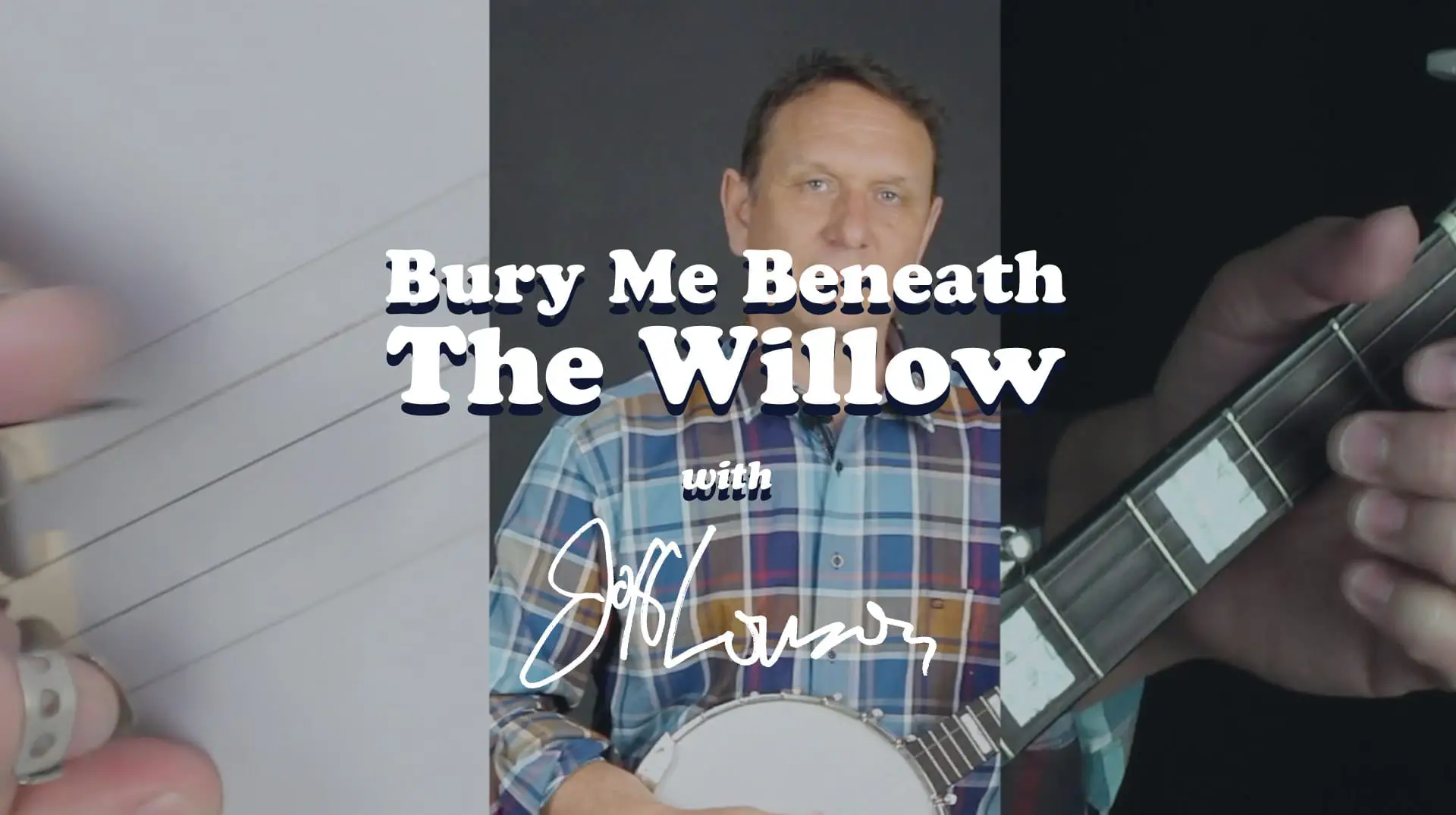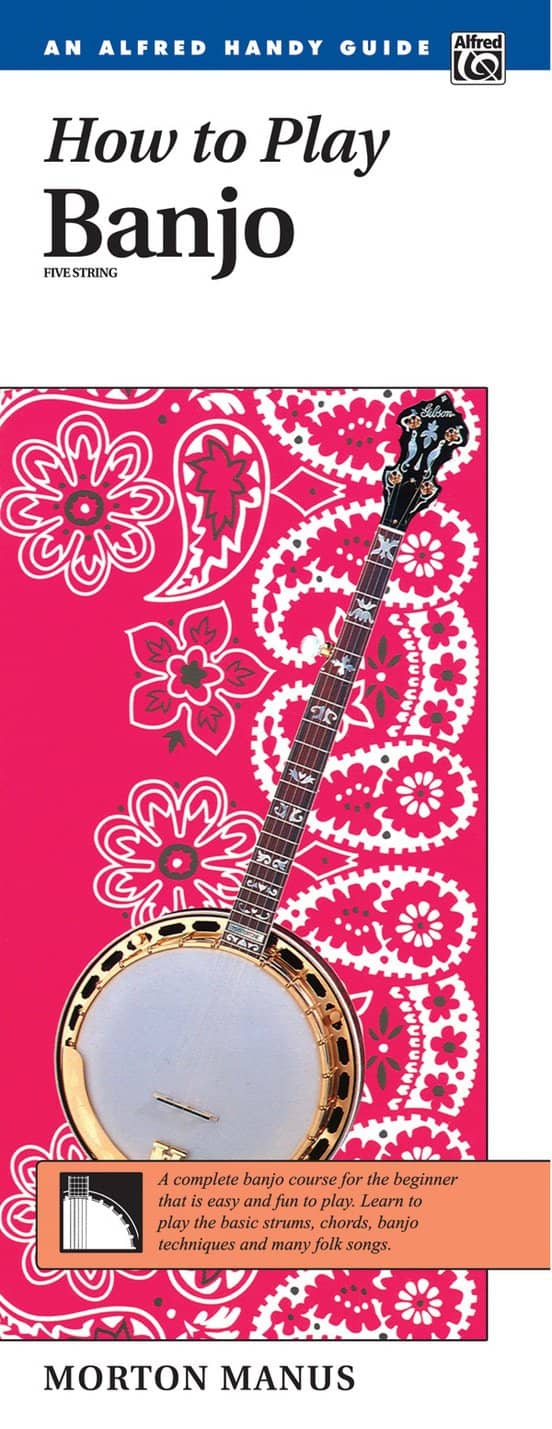If you’re a beginner and want to learn how to play a banjo song, you’ve come to the right place! As a novice banjo player myself, I can tell you that this is an exciting and rewarding experience. From learning the basics of the instrument, to mastering a song, becoming a banjo player is an amazing journey. With this step-by-step guide, I’ll show you how to play a banjo song from start to finish.
What Is a Banjo?
A banjo is a stringed musical instrument with a circular body and a long neck. It has four to five strings and is played with a pick or the fingers. The strings are plucked or strummed to create the sound. It is typically made of wood, metal, or plastic and is a popular instrument in bluegrass and folk music.
| Parts of a Banjo | Description |
|---|---|
| Head | The top part of the banjo, which is usually made of plastic or metal and is where the strings attach at one end |
| Neck | The long part of the banjo, which is usually made of wood and contains metal frets and tuning pegs |
| Rim | The circular body of the banjo, which is usually made of metal or wood and contains an open back or a resonator |
| Bridge | The small piece of wood or metal which the strings attach to and which transmits the vibration of the strings to the banjo’s body |
| Tailpiece | The metal piece which the strings attach to at the banjo’s rim |
| Tuning Pegs | The metal pieces at the head of the banjo which are used to tighten and loosen the strings |
How to Tune a Banjo
Tuning a banjo is an important part of playing a banjo song. Begin by ensuring that all of the strings are at the same tension. To begin, pluck the fourth string and adjust it to the G note. Next, pluck the third string and adjust it to the D note. Then, pluck the second string and adjust it to the B note. Finally, pluck the first string and adjust it to the G note. To ensure that the notes are in tune, use an electronic tuner. When the notes are in tune, you are ready to begin playing your banjo song.
Basic Banjo Strum Pattern
- Start with a down-up strum.
- Alternate between a down strum and an up strum.
- On the down strum, use the index finger of your strumming hand to lightly brush the strings.
- On the up strum, use the same finger to lightly brush the strings.
- Continue alternating between down and up strums.
Common Banjo Chords
- G Major: Third string open, second string third fret, first string second fret.
- C Major: Third string open, second string first fret, first string second fret.
- D Major: Third string second fret, second string open, first string second fret.
- A Major: Third string second fret, second string second fret, first string open.
- E Major: Third string open, second string open, first string second fret.
These are the five most common banjo chords. To play a banjo song, simply strum the strings while pressing down the fretboard to play each chord. Depending on the song, you may need to change chords quickly or hold them for longer stretches of time. Practice playing each chord until it is comfortable and familiar. Once you feel comfortable, practice transitioning between chords until you can do so quickly and accurately. With practice, you will be ready to play any banjo song.
Learning Banjo Songs
- Familiarize yourself with the basic chords and techniques used in playing the banjo.
- Choose a banjo song that you would like to learn to play.
- Listen to the song and try to identify the chords and rhythmic patterns used.
- Practice playing the song slowly and gradually increase the speed as you get more comfortable with it.
- Learn the melody of the song and use a metronome to help keep time.
- Experiment with different strumming and fingerpicking patterns to add variety to your playing.
- Practice playing the song in different keys to add to your repertoire.
- If you are having trouble with certain parts of the song, break it down into smaller sections and practice those separately.
Playing Melodies on the Banjo
To begin playing melodies on the banjo, it is important to know the basic chords that are used to create the melody. These chords, which are typically referred to as the “G”, “C”, “D”, “A”, and “E” chords, are the basis of most banjo playing. When playing these chords, it is important to use a pick and to strum the chords in a downward motion.
Once the basic chords are mastered, the next step is to learn how to play the melody. This involves playing the chords in a specific pattern, or scale, that creates the desired sound. This can be done by either playing the notes of the chord in order, or by using a combination of notes from different chords.
For more advanced players, the next step is to learn how to play the melody with more complexity and feeling. This is done by adding in techniques such as hammer-ons, pull-offs, and slides, which can be done by either picking the strings or using the fretting hand.
Finally, it is important to practice playing the melody with other instruments, such as a guitar or piano. This will help to develop a better understanding of the melody and how it fits together with the chords. Once the melody is mastered, it is time to start jamming and having fun!
Advanced Banjo Techniques
- Alternating Thumb Rolls: This technique is used to play a continuous roll with alternating thumb strokes. Start by plucking the fourth string with your index finger, followed by the fifth string with your thumb.
- Drop Thumb: The drop thumb technique is used to add a percussive sound to the banjo. To do this, start by plucking the fourth string with your index finger, followed by the fifth string with your thumb. The thumb should then be dropped quickly onto the fifth string after each stroke.
- Hammer-ons and Pull-Offs: Hammer-ons and pull-offs are techniques used to produce a smooth, connected sound in banjo playing. To do this, start by plucking the fourth string with your index finger. Then, using either your index or middle finger, quickly hammer-on or pull-off to the next string.
- Slides: Slides are a great way to add a smooth, fluid sound to your banjo playing. To do a slide, start by plucking the fourth string with your index finger. Then, move your finger up or down the fretboard while keeping the string pressed down.
- Double Thumb Rolls: This technique is used to play a continuous roll with double thumb strokes. Start by plucking the fourth string with your index finger, followed by the fifth string with your thumb. Then, pluck the sixth string with your thumb, followed by the fifth string with your index finger.
- Bending: Bending is a great way to add expression to your playing. To do this, start by plucking the fourth string with your index finger. Then, use your index or middle finger to bend the string up or down, depending on the desired sound.
Tips for Memorizing Banjo Songs
- Listen to the song multiple times and learn the melody.
- Break the song into smaller sections and learn each section individually.
- Practice the song slowly until you can play it without mistakes.
- Record yourself playing the song and listen back to identify any mistakes.
- Memorize the lyrics and practice singing each section of the song.
- Play the song in different keys to challenge yourself and make it easier to remember.
- Memorize the banjo chords and practice switching between them while playing the song.
- Practice the song with a metronome to ensure you are playing it in time.
- Play the song with a backing track to get used to the accompaniment.
Frequently Asked Questions
What are some easy banjo songs for beginners?
Learning the banjo can seem intimidating for the uninitiated. However, starting out with some easy songs can help build confidence and make the learning process easier. Some of the best songs to start with include “Cripple Creek”, “Cotton-Eyed Joe”, “Roll in My Sweet Baby’s Arms”, “Little Maggie” and “Red Haired Boy”. These tunes are fairly easy to learn, and they will help you build your knowledge and skills. In addition, they are fun to play and are sure to impress your audience.
How do I choose the right banjo for me?
When choosing a banjo, it is important to consider factors such as weight, size, sound, and budget. Beginners should look for a banjo with an open-back design and a light weight. Consider the size of the neck, fretboard, and bridge, as this will determine how easy it is to play. Invest in a good-quality banjo with a good sound, as this will make it easier to learn and progress. When considering budget, look for a banjo with features that best suit your needs, rather than the lowest price.
What Techniques Should I Learn to Play a Banjo Song?
To play a banjo song, you’ll need to learn the basics of fingerpicking and chords. Start by learning how to hold the banjo correctly and how to correctly place your fingers on the strings. The next step is to learn basic chords and how to move them up and down the neck of the banjo. Once you have a good understanding of these two techniques, practice strumming and fingerpicking chords in different rhythms and patterns. Finally, once you’ve mastered the basics, focus on learning how to change chords quickly and efficiently. With practice, you’ll be able to play a banjo song with ease.
Are there any tips for learning banjo songs quickly?
Practice frequently and break the song down into manageable sections. Start with the chorus or the catchiest part of the song first, as this will help you learn the song faster. Use slow practice techniques to master tricky sections and use online tutorial videos to help visualize the song’s structure. Once you’ve learned the basics, take time to refine your technique and perfect the sound.
What are the most important things to remember when playing a banjo song?
Practice: Devote time to practice the song until you can play it confidently.
Strumming: Master the different strumming techniques and use the one that best suits the song.
Fingerpicking: Use fingerpicking techniques to add texture and complexity to the song.
Chord Progression: Understand the chord progression of the song and use it to create different melodies.
Tempo: Pay close attention to the tempo of the song and keep it consistent.
Rhythm: Keep the rhythm of the song consistent and use syncopation to add interest.
Ending: End the song with a strong finish.
Conclusion
With practice and patience, you can master playing a banjo song. Start with simple tunes, practice regularly, and use a metronome for better timing. Finally, remember to have fun and you will be playing your favorite banjo songs in no time.

